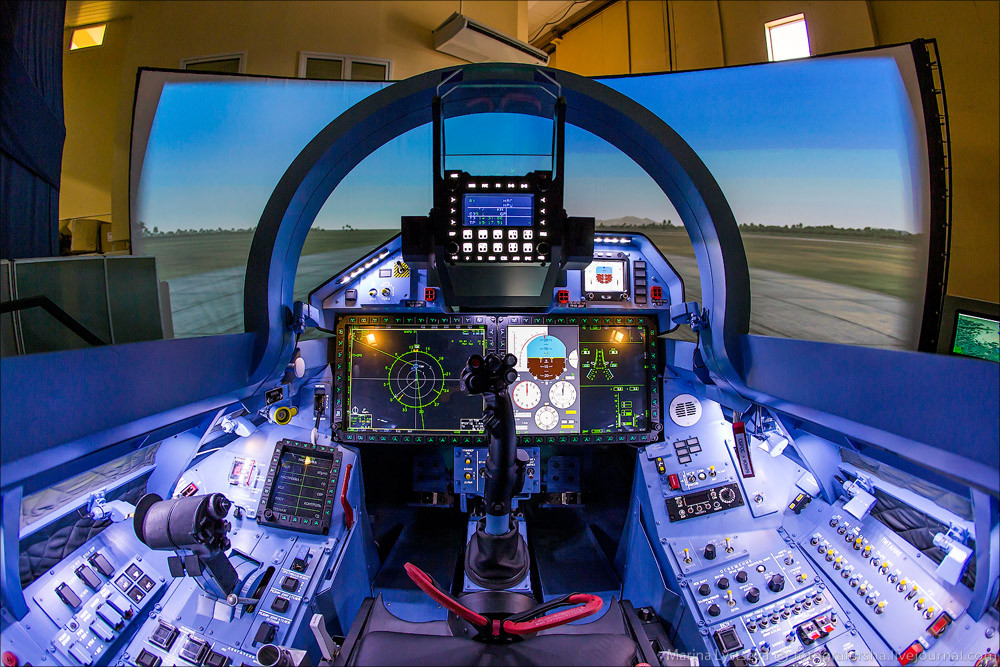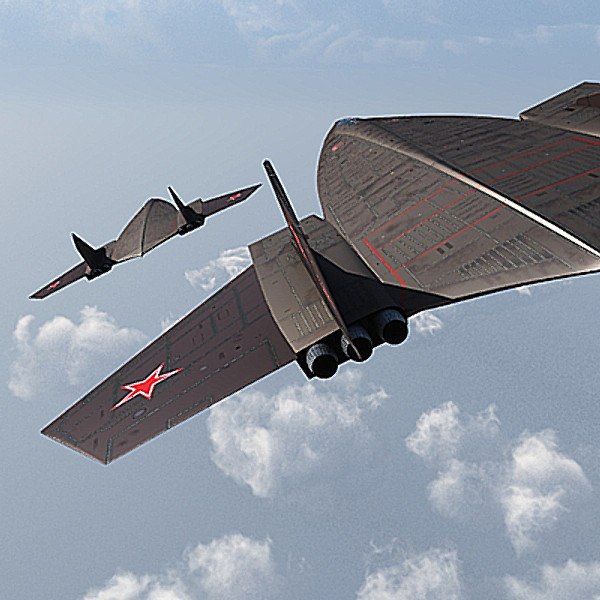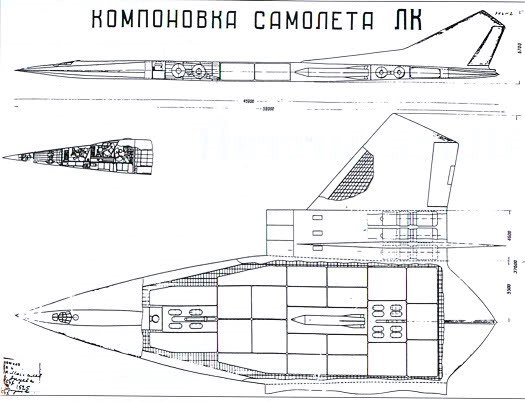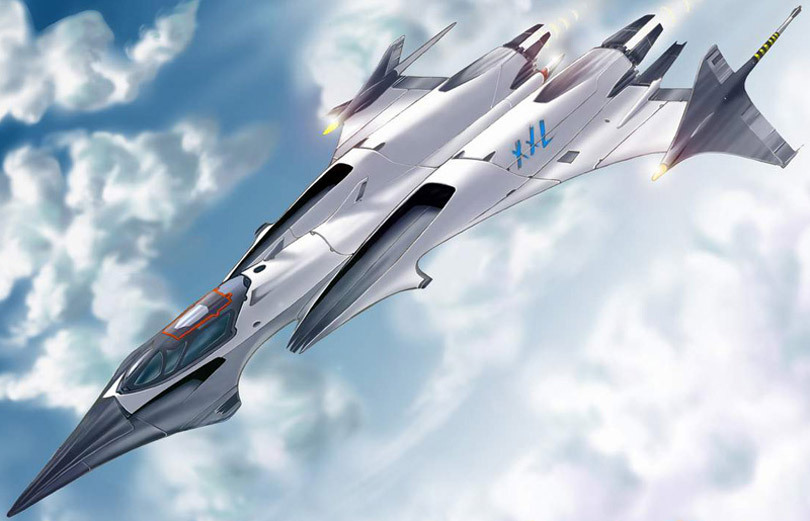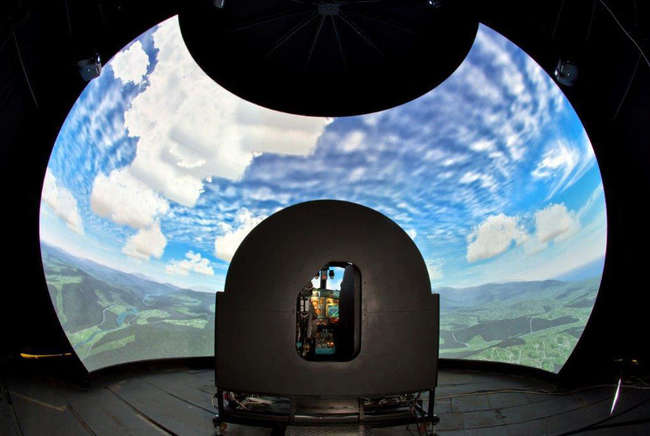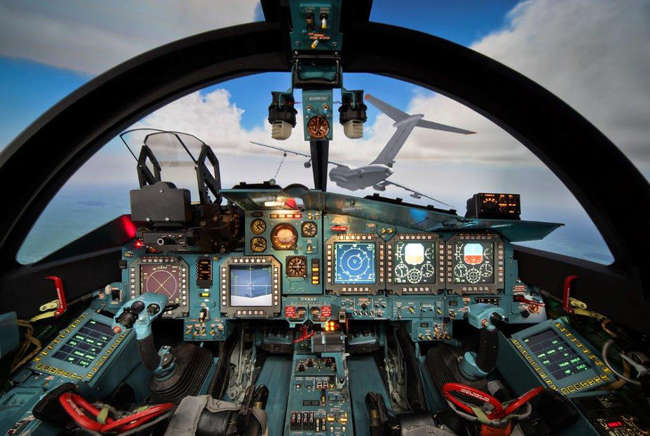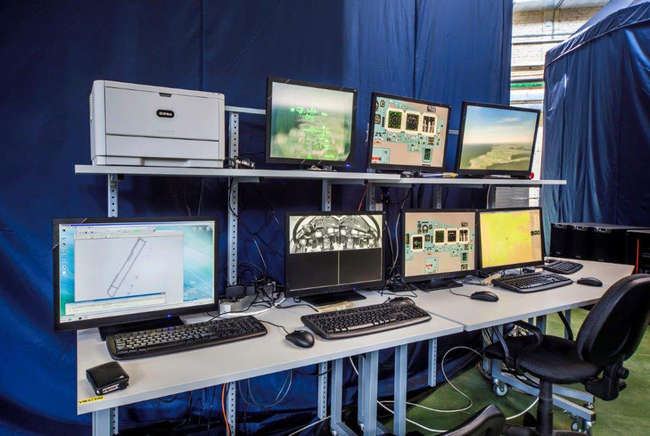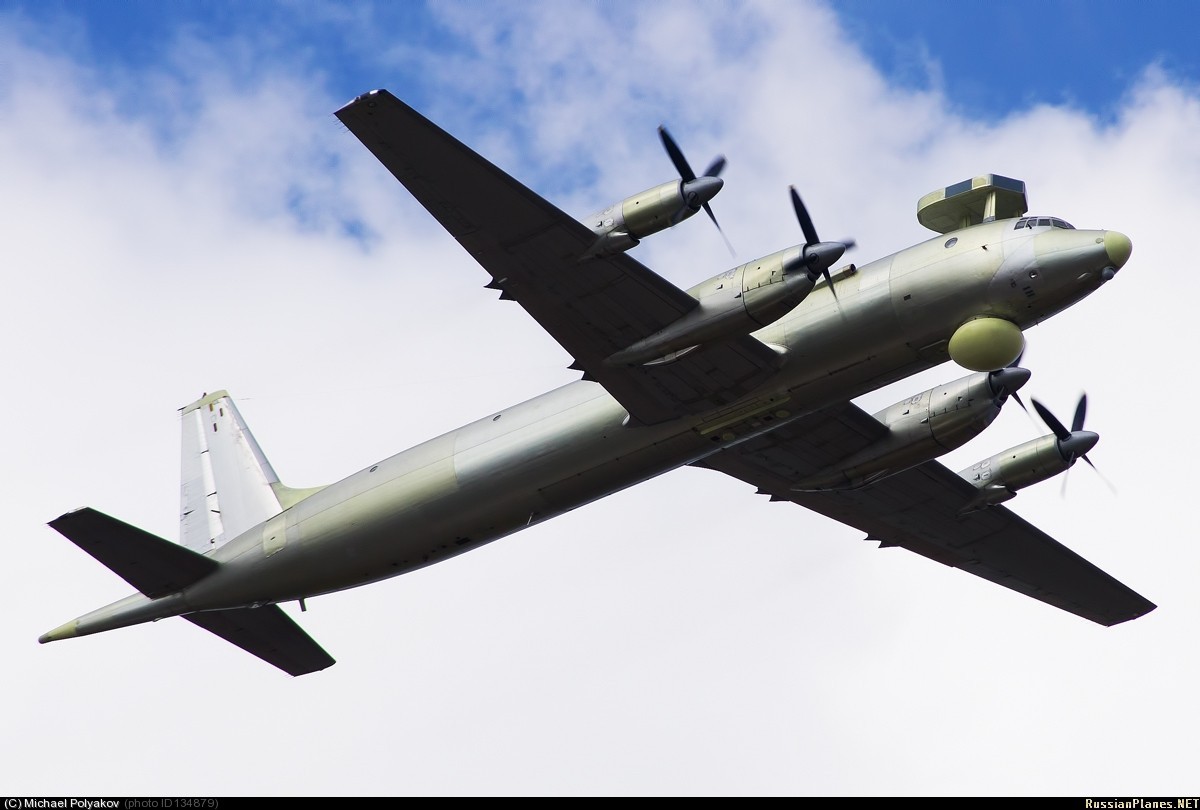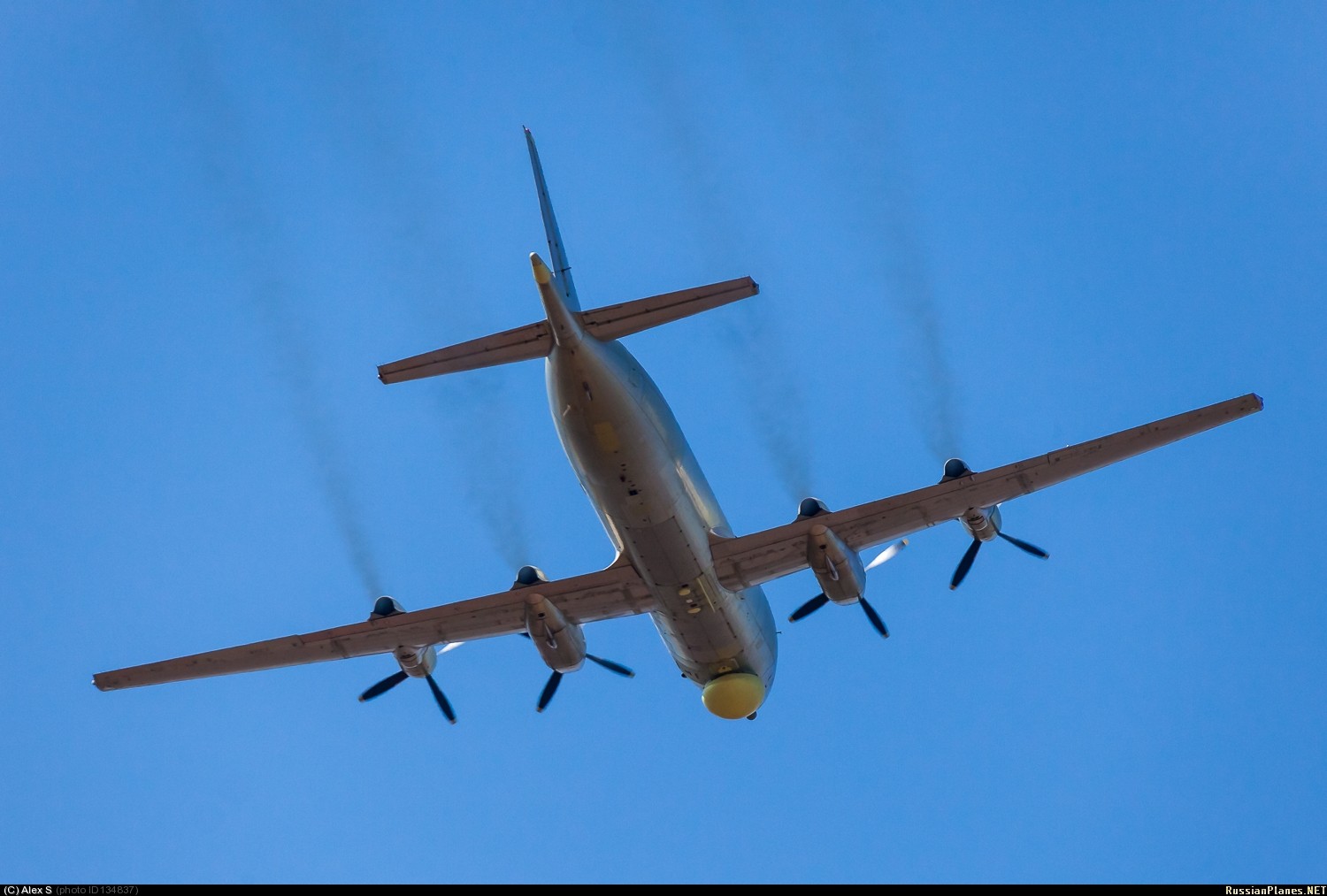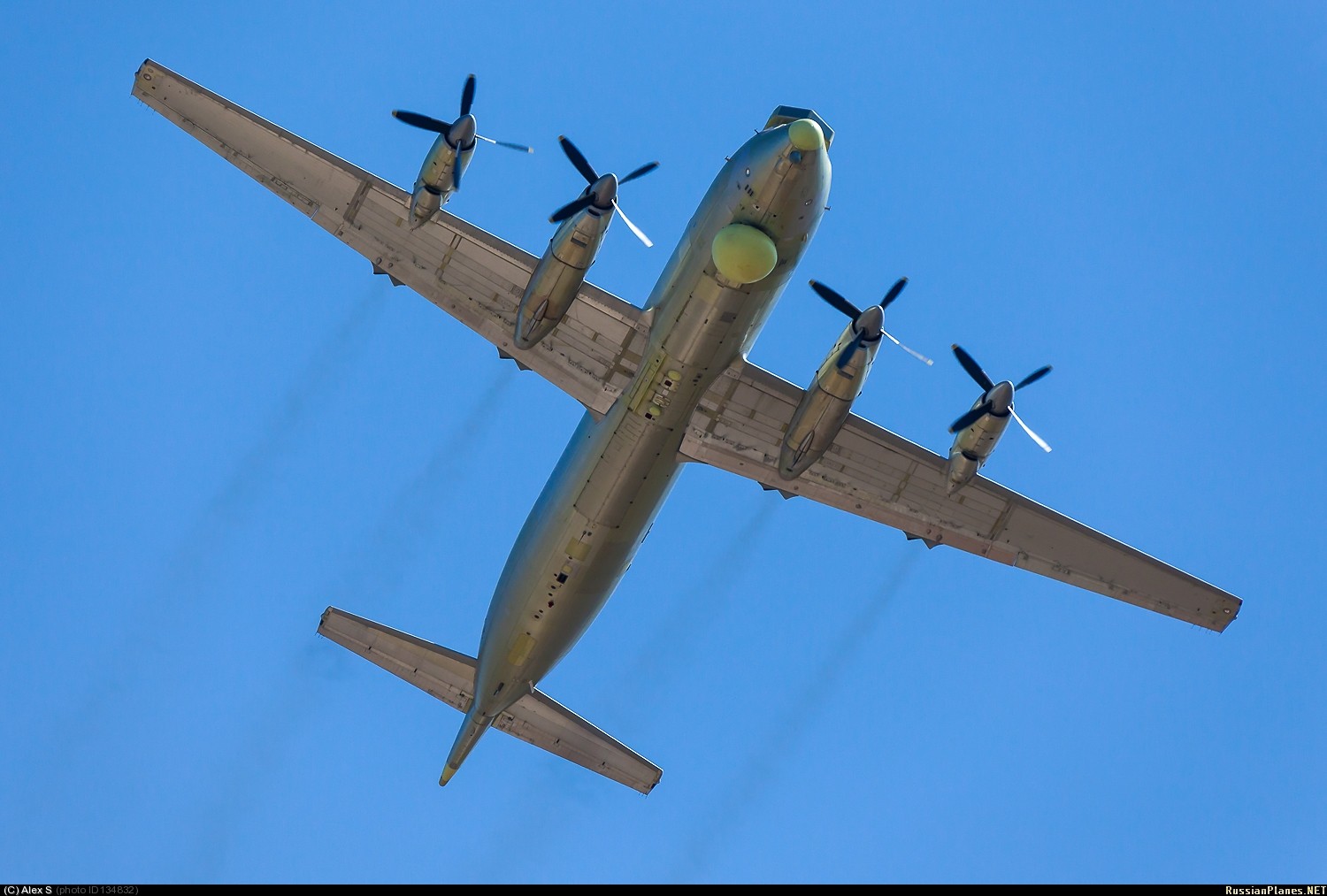Pushers WW2
Military Analysis: Pushers WW2
This is coolbert:
Here with a collection of images those experimental and prototype warplanes from the era of The Second World War [WW2] referred to as "pushers".
Those aircraft called a "pusher" having the engine in the rear of the cockpit, certain advantages existing with regard to this design:
"The advantages of the pusher propeller/forward canard design was that it opened up the pilot's view, plus the weapons installation was much simplified and could be concentrated. Thedisadvantages would be engine cooling plus an ejection system or propeller jettison would have to be designed for the pilot to safely exit the plane in case of an emergency"
A pilot bailing out might be cut to shreds by the propeller of his own aircraft!!
Advantage and disadvantage "pushers" of that period characterized by the engine in the rear of the warplane, the tricycle landing gear and use of the canard forward.
A whole host of nations obviously interested in the "pusher" that various experimental and prototype designs however UNIFORMLY UNSUCCESSFUL, PERFORMANCE POOR EVEN WHEN COMPARED TO MORE CONVENTIONAL WAR BIRDS ALREADY IN EXISTENCE!!
To the images with commentary:

"The
Miles M.35 or Miles Libellula . . . was a tandem wing research aircraft built by Miles Aircraft as a precursor to a proposed naval carrier fighter."
Dig this amazing stuff about the Liellula:
"Flight trials of the M.35 were to commence in 1942, but Miles' chief test pilot was reluctant to take off in the aircraft, whereupon George Miles took over himself."

"The
Vultee XP-54 Swoose Goose was a prototype fighter built by the Vultee Aircraft Company for the United States Army Air Forces (USAAF)."

"The
SAI-Ambrosini SS.4 was an Italian fighter prototype developed in the late 1930s, featuring a canard-style wing layout and a 'pusher' propeller. Development of the SS.4 was abandoned after the prototype crashed on its second flight."

"The
SAAB 21 was a Swedish fighter/attack aircraft from SAAB that first took to the air in 1943. It was described as a very efficient weapons platform. It was designed as a twin boom pusher configuration, where the propeller is mounted in the rear of the fuselage, pushing the aircraft forward."
This Swedish designed and built "pusher" warplane of all the various experimental and prototype versions does appear to the be the single do-er among all of them. It just
LOOKS right! Capable of functioning in combat and doing so well?

"The
Kyushu J7W1 Shinden . . . fighter was a World War II Japanese propeller-driven aircraft prototype that was built in a canard design. The wings were attached to the tail section and stabilizers were on the front. The propeller was also in the rear, in a pusher configuration."

"The
Curtiss-Wright XP-55 Ascender . . . was a 1940s United States prototype fighter aircraft built by Curtiss-Wright . . . it specifically allowed for unconventional aircraft designs. A highly unusual design for its time, it had a canard configuration, a rear mounted engine, swept wings and two vertical tails"
"A special feature of the XP-55 was a propeller jettison lever located inside the cockpit to prevent the pilot from hitting the propeller during bailout."

"
XP-56 Black Bullet. Northrop XP-56 Black Bullet aircraft . . . a pusher configuration driving contra-rotating propellers . . . The XP-56 Black Bullet was a unique prototype fighter interceptor built by Northrop. It was one of the most radical of the experimental aircraft built during World War II. Ultimately, it was unsuccessful" As indeed WERE ALL of these "pushers. That Black Bullet note having one engine but two counter-rotating propellers.

"The
Mikoyan-Gurevich MiG-8 Utka [Duck] . . . was a Soviet experimental aircraft. Built of wood, the aircraft was designed and built in 1945 to test the novel canard configuration. It also used a tricycle undercarriage, the first used by the design bureau (OKB). It was modified to test a variety of configurations"

"The
H.P. 75 Manx [Handley Page] was a British experimental aircraft designed by Handley Page that flew test flights in the early 1940s. It was notable for its unconventional design characteristics, being a twin-engine tailless design of pusher configuration."

Last but not least we have the
German Henschel 75. Two engines at the rear with two counter-rotating propellers. "This 1941 aircraft design was to be a possible successor to the Messerschmitt Bf 110 heavy fighter. Although of a unusual configuration for that time, there were advantages (and disadvantages) to its rear wing/forward canard construction."
These innovative designs unsuccessful as they were that entire propeller "pusher" concept rendered
MOOT by the advent of the jet engine!
coolbert.



